SUMMARY
This is AI generated summarization, which may have errors. For context, always refer to the full article.
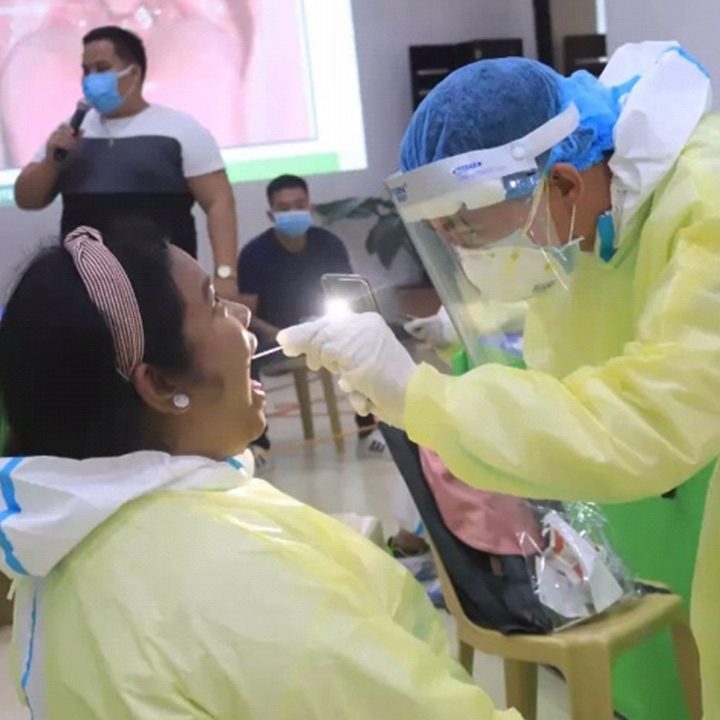
Doctors from the geographically isolated and disadvantaged areas (GIDAs), joined by colleagues from rural and urban health centers, recently gathered online to check on each other, one and half years into the COVID-19 pandemic.
“Ok ka pa ba, Dok? (Are you still coping, Doc?)” they asked in the title of their Zoom discussion on September 29, organized by the Community Medicine Practitioners and Advocates Association (COMPASS).
And the answer is no. The remote communities where they serve suffer from neglect, and the frontliners are especially stretched to the limits.
Dr. Jillian Lee, provincial health officer of Dinagat Islands, shared the challenges in their local communities, which are among the vulnerable areas in Mindanao.
Dinagat, she said, only has 15 doctors for a population of 127,152. There’s only one nurse in each rural health unit. These healthcare workers attend not only to COVID-19 response but to managing public health programs.
As of Tuesday, October 5, Dinagat Islands has 58 active COVID-19 cases and has logged a total of 17 mortalities since its first recorded death in April 2021.
While the Delta variant contributed to the spike in cases between May and June, Lee said another major factor was the national task force’s order in February for local governments units (LGUs) to relax travel protocols.
“There was pressure on us LGUs to open our borders already, and the impact of that didn’t manifest immediately,” Lee said in Filipino.
She said the Department of the Interior and Local Government did away with quarantine requirements for arrivals supposedly since the vaccines were coming anyway. It was a way of boosting the local economy.
“What happened instead was, we had community transmission in all seven municipalities,” Lee added.
Lee also shared that they experienced full bed capacity in each of their hospitals during the surge. They were trying to accommodate 30 to 40 patients almost every day while some of the patients were already being transferred to Surigao, its closest referral center.
“We were a vulnerable area. Surigao City is one hour away by boat from our nearest port here in Dinagat, or a two-hour land travel going to the capital, and from there one more hour to Surigao. So it’s difficult for those who are in critical condition,” she said.
In addition, Lee said their healthcare workers still continued to implement other programs, including children’s immunization and the screening for infectious diseases, such as tuberculosis and HIV.
Lee said they didn’t see any support from the national government in establishing isolation facilities and a centralized system for contact tracing.
“Our isolation facilities are schools or built from scratch. We didn’t receive support from our national government. In the communities where transmission of COVID-19 was happening, the focus was on implementing lockdowns, which had serious impact on daily wage earners,” she said.
Lee furthered that the prices of medical supplies such as PPEs and facemasks in the province, especially in far-flung areas, are higher compared to the towns near main ports and manufacturing sites.
Since Dinagat was far-flung, the prices of supplies like PPEs and face masks were almost double those nearer the ports and manufacturing sites. “That’s why our offices needed to spend more compared to the rural health units of other places,” Lee said.
Other doctors to the barrios who shared their challenges and struggles were Dr. Jean Lindo of the Davao Medical School Foundation community medicine department faculty; Dr. Oliver Gimenez, municipal health officer of Medellin, Cebu; Dr. Raul Ting, community physician in Tuguegarao, Cagayan; and Dr. Tess Bacunata of the community birthing center in Dasmariñas, Cavite.
The community doctors called on the national government to have an inclusive and unified COVID-19 response, especially in the isolated and vulnerable areas across the country.
COMPASS spokesperson Dr. Violy Casiguran said they were deeply disturbed that the proposed 2022 national budget does not give utmost priority to addressing the current national health emergency.
Casiguran said the government had allotted a total of only P242.2 billion for the health sector out of the proposed P5.024 trillion national budget.
In comparison, the Department of Education has a proposed budget of P773.6 billion; the Department of Public Works and Highways, P686.1 billion; and Department of the Interior and Local Government, P250.4 billion.
Casiguran said the experiences of other countries that have controlled the virus showed the basic health solutions: free mass testing, systematic and aggressive contact tracing, urgent isolation, timely and adequate treatment, and extensive vaccination. – Rappler.com
Add a comment
How does this make you feel?

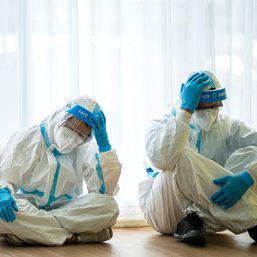
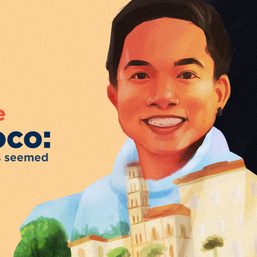
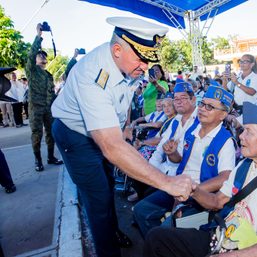


![[Rappler’s Best] US does propaganda? Of course.](https://www.rappler.com/tachyon/2024/06/US-does-propaganda-Of-course-june-17-2024.jpg?resize=257%2C257&crop=236px%2C0px%2C720px%2C720px)

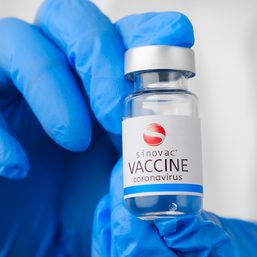

There are no comments yet. Add your comment to start the conversation.